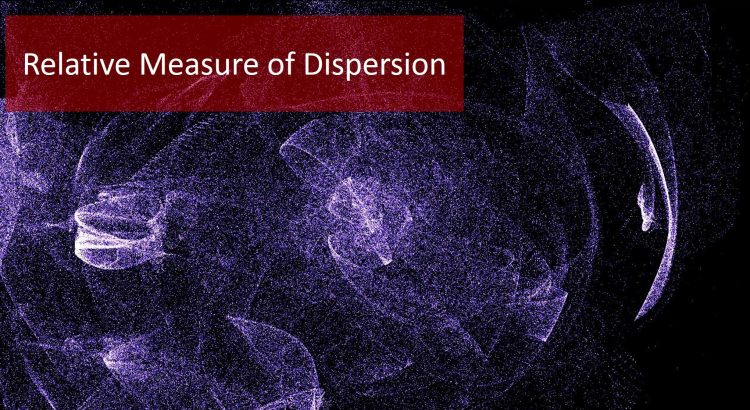Quality function deployment is a LEAN technique that is a little out of scope for Six Sigma Green Belt practitioners and more useful for Black Belt practitioners. Yet, it is a powerful tool to design processes or products according to customer requirements. Quality function deployment is abbreviated as QFD. It fits into the Define phase […]
Category: Six Sigma

What is the Difference Between DMAIC and DMADV in Six Sigma?
Lean Six Sigma Green Belt training mostly focuses on the Six Sigma framework of DMAIC which is specifically designed for improving existing processes. But what happens if a process needs to be completely re-designed in order to bring improvement? While it is not often discussed in a brief free Six Sigma training, there is another Six […]

First Pass Yield vs. Roll ThroughPut Yield: Why RTY is better than FPY?
In Lean training courses, the concept of yield is discussed as a measure of the quality of a process. Yield is an important term for 6 Sigma. There are two types of yield: first pass yield or FPY and rolled throughput yield or RTY. Free Lean Six Sigma training debates whether FPY or RTY is […]

4 Types of Relative Measures of Dispersion for Six Sigma
The Six Sigma approach is data-driven. Therefore, Six Sigma practitioners who have got the Lean Six Sigma training or another Lean Six Sigma Green Belt course will know that Six Sigma teams are confronted with many different types of data in different units of measure. Relative measures of dispersion are measures of the variance of […]

The Metric to Understand Quality: Parts per Million Defectives (PPM)
There are many definitions to learn that define the Six Sigma approach to problem-solving. Six Sigma principles that are taught in the Lean training course and also in the free Six Sigma training deal with all sorts of terms that refers to quality as the result of a process capability – or rather the lack of […]
